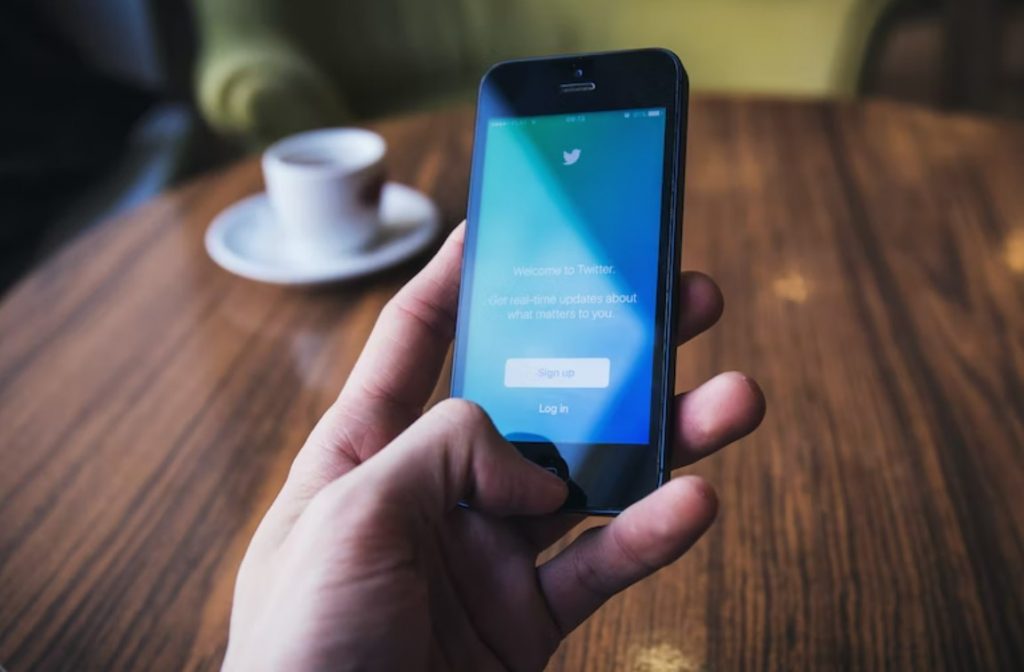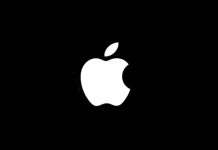It seems like Twitter is playing a losing battle with its advertisers, as the Ad sales for one of the most profitable and lucrative months of December went down by more than 70%. November and December are the months when brands and companies spend extravagantly on their Ad budgets to rope in the benefits of the holiday season. However, according to recent data by SMI (Standard Media Index via Reuters), Twitter’s Ad spending for November fell by 55% and now December shows a fall of almost 71% in Ad sales. This huge fall comes after the major policy changes introduced by CEO Elon Musk.

Major Brands Suspended Ads On Twitter After Musk Takeover
Last October, Musk took over Twitter for $44 billion and since then has made a series of changes including mass layoffs, paid verification, reinstating banned accounts, no doxxing policy, banning links to competing social media apps, and more.
As soon as Musk took over, major brands like General Motors Company, Pfizer Inc., Ford Motor Company, and AMC Networks Inc. suspended their advertising on Twitter. Since then, more than 1000 advertisers have left the company. This is a great blow for Twitter, as advertisements accounted for more than 90% of its revenue.
Advertisers in general have left Twitter due to the uncertainty of Musk’s transformational policies. For instance, among the mass layoffs, Twitter fired most of its Ad team, including the top two employees responsible for networking and maintaining good relations with the brands. In November, the head of British Ad operations left Twitter, just a month after Musk became the CEO.
Advertisers protested against the new paid verification policy as they feared that random users could now impersonate famous brands and cheat the public. Musk’s takeover has also caused panic amongst the Automotive brands as they are worried that the data shared with Twitter might be passed on to competing companies owned by Musk like Tesla.
Apple one of Twitter’s biggest advertisers was also publicly criticized by Musk for pausing and reducing their Ad spending. Musk criticized Apple for its censorship policies and 30% Cut on App Store. However, this public shaming did not bring any considerable benefit to the company, as many more brands left Twitter.
Musk knows that Ad revenue is the blood of the business and has tried to bring back the brands. To rope in more advertisers and increase the Ad revenue, Musk offered Free Ads, greater control over Ad positioning, and even lifted the Political Ad ban.
In 2019, the then-CEO Jack Dorsey banned political Ads from Twitter as he believed that reaching people with political messages should be “earned, not bought”. But now Musk has lifted the ban and said that Twitter will align its Ad policies with TV and other media outlets.
In November, at one of the investment conferences in New York, Musk publicly said that they had done their absolute best to appease the advertisers, but nothing is working. At the same time, Musk had also blamed activist groups for pressurizing brands to pull Ads off social media platforms.
Musk Looking At Alternative Revenue Models
Now that the Ad Revenue has dwindled, Musk is trying to revive Twitter by changing the revenue strategy from advertisements to subscriptions. Twitter has already started charging $8 per month for the Blue Verification Tick ($11 for iOS and Android) and now is planning to launch an Ad-free subscription tier.
According to a VP, Musk has said that he wants subscriptions to account for 50% of Twitter’s total revenue. However, a survey conducted by global marketing and consulting firm Harris Poll found that half of Twitter users from the US would not pay to use the site.
Related:
- Say Goodbye to Ads on Twitter with New ‘Twitter Blue’ Tier
- Twitter Auction: Iconic Twitter Bird Statue sells for $100,000
- Elon Musk teases UI changes & new features for Twitter
(Source)






